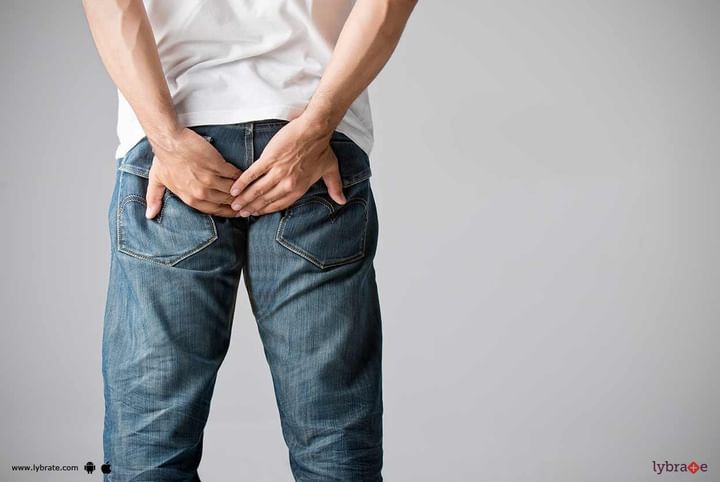Pilo Nidal Sinus - Know More About It!
Pilonidal Sinus (PNS) is a disease in which hairs slip into the cleft above the buttocks and develop into the sinus. It is a small hole or tunnel in the skin. PNS consists of dirt, debris and hair. Pilonidal Sinus may cause severe pain when infected. If it gets infected, it may ooze blood, pus, and have a foul smell. The infected part may also get inflamed.
The term Pilonidal is derived from Latin; pilo means hair and nidal means nest. It generally occurs in adult men who sit for prolonged periods like taxi or truck drivers and now a days people sitting in chair for hours together like software people.
Causes of Pilonidal Sinus
One of the main causes that lead to Pilonidal Sinus is “friction of hair & the seat over the buttocks. The body considers buttock hairs as foreign hairs; in response to these hairs, the body launches an immune system that forms a cyst around them. These cysts can multiply with time as well.
Other causes are:
● Change of hormones after puberty
● Growth of unwanted hair
● Friction while sitting or walking
● Prolonged sitting
Risk Factors of Pilonidal Sinus:
Generally Pilonidal Sinus is seen in men with dark and coarse body hair. Some of the other factors that may lead to PNS are increased sweating, buttock friction, prolonged sitting, inactive lifestyle, poor hygiene, obesity, and local trauma. Recognizing Signs of Pilonidal Sinus Infection Some of the symptoms by which one can identify and distinguish Pilonidal Sinus from other anorectal diseases are:
● Low fever
● Swollen cyst
● Pain while sitting or standing
● Sore and reddened skin around the cleft
● Blood or Pus oozing out from the cleft
● Foul odour from infected area
● More sinus tracts over a period of time
● Hair protruding from the area
● Holes in the skin
How Pilonidal Sinus is Treated?
Conservative Treatment
At an early stage when the patient doesn’t experience pain or inflammation, the doctor will recommend a broad-spectrum antibiotic. This will help treat a wide range of bacteria. This antibiotic will not heal the cyst but provide relief from discomfort and infection. At such stages doctors may also recommend patients to get MRI examinations, shave hair regularly, and pay proper attention to personal hygiene.
Surgery is the treatment for pilonidal sinus. It has high chances of recurrence, therefore there are many surgical methods to treat this condition. It requires thorough debridement and cleaning of the sinus. There are many plastic surgeries to close the opened area. All methods take 8 to 10 weeks for healing. Laser Pilonidotomy is one of the best way to treat the condition as it does not involve any suturing and patient can go home same or next day. It can also be done under local anaesthesia.



+1.svg)
